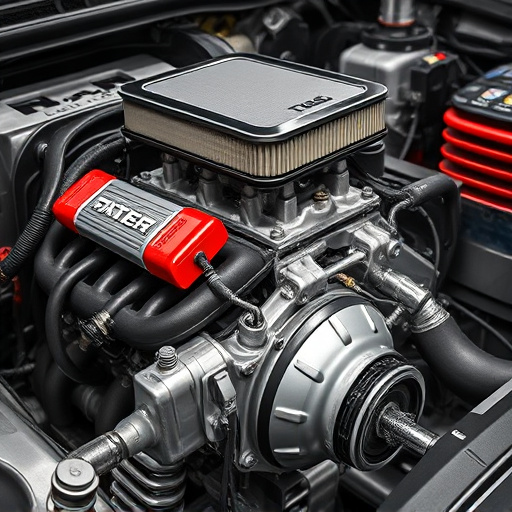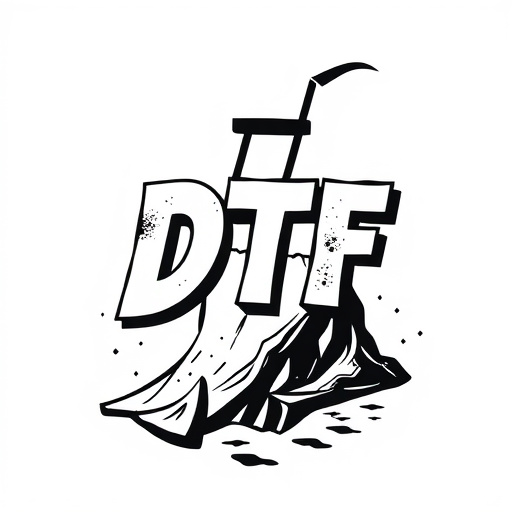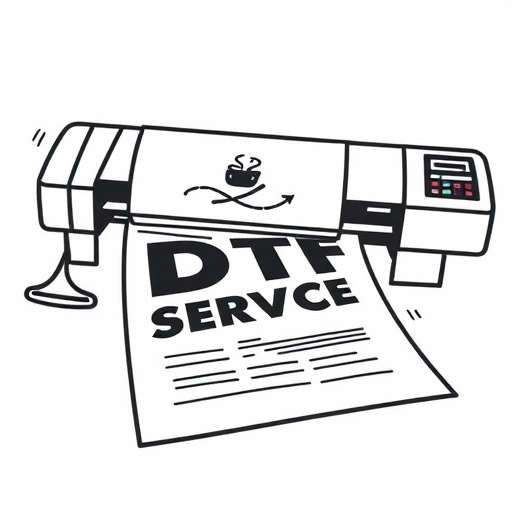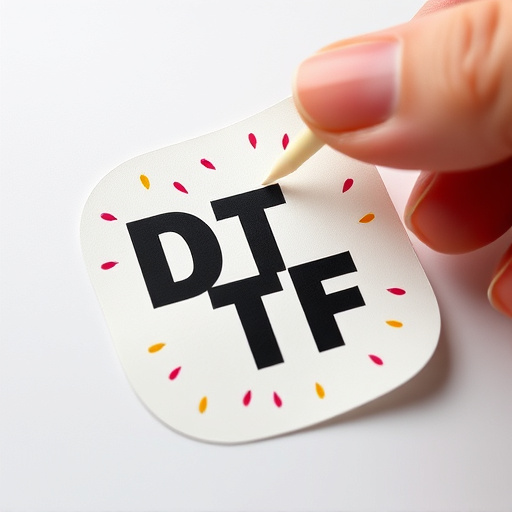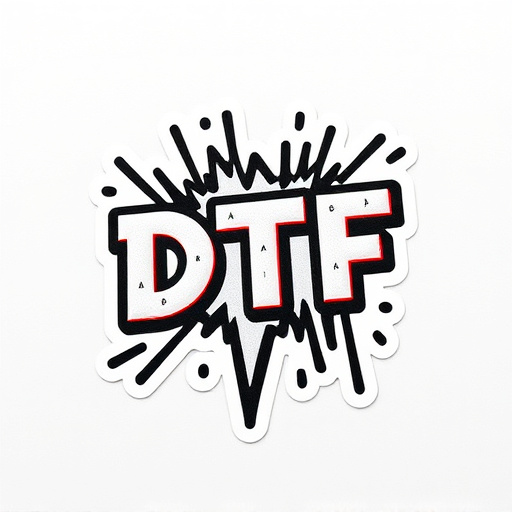DTF (Direct-To-Fabric) Transfer Printing, a cutting-edge method in apparel production, utilizes heat-transfer technology for high-quality printing. Optimizing this process demands specialized software with advanced color matching tools, automated layout adjustments, and quick order processing. Top software solutions streamline design-to-print workflows, enabling efficient file preparation for small orders, fine tuning colors, managing custom palettes, and previewing prints. These features enhance DTF transfer printing speed and consistency while empowering designers to create intricate, high-quality prints on diverse fabrics, thus revolutionizing apparel production.
In the realm of print design, DTF (Direct to Fabric) transfer printing has emerged as a game-changer. This innovative process demands specialized software to optimize results. From creating intricate patterns to ensuring color accuracy, the right tools are essential. This article explores the core software requirements for DTF transfer printing, delves into top-rated software solutions, and highlights advanced features that can elevate your print quality. Uncover the secrets to mastering DTF transfer prints with these indispensable digital tools.
- Understanding DTF Transfer Printing and Its Software Requirements
- Top Software Tools for Optimizing DTF Transfer Prints
- Advanced Features to Consider in DTF Transfer Printer Software
Understanding DTF Transfer Printing and Its Software Requirements
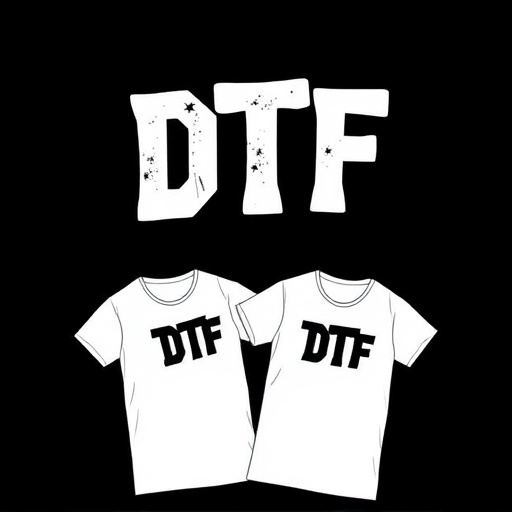
DTF (Direct-To-Fabric) Transfer Printing is a cutting-edge method revolutionizing the apparel and textile industry. It allows for precise, high-quality printing directly onto fabric using heat-transfer technology. This process has gained immense popularity due to its versatility, enabling designers to create intricate patterns and graphics with ease. Understanding DTF transfer printing requires grasping how it differs from traditional printing methods. Unlike direct printing on fabric, DTF involves transferring ink from a carrier sheet to the fabric surface through heated pressure.
To design and produce DTF transfer prints effectively, specific software is essential. Designers need tools that facilitate creating and editing digital images, ensuring they meet the technical requirements for DTF printing. Software should offer features like vector and raster image support, advanced editing tools, and the ability to prepare dtf heat transfers by optimizing file formats and resolutions. Efficient dtf file preparation is key, especially when handling small orders, where quick turnaround times and precise results are paramount.
Top Software Tools for Optimizing DTF Transfer Prints
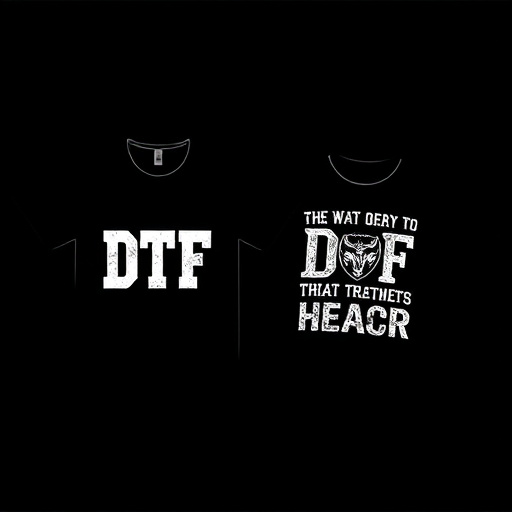
When it comes to optimizing DTF (Direct-to-Fabric) transfer prints, having the right software tools is as crucial as the printing process itself. Top software solutions offer advanced features for precise color matching, ensuring your designs translate accurately onto various fabrics. These applications streamline the design-to-print workflow, enabling users to achieve consistent and high-quality results with speed and efficiency.
Among the top choices, professional-grade software packages provide robust tools for dtf color matching, allowing users to fine-tune colors, manage custom palettes, and preview prints before finalization. This meticulous control is essential for maintaining brand consistency, especially in high-volume production runs. Furthermore, these platforms often incorporate features that enhance the overall dtf transfer printing experience, from automated layout adjustments to quick order processing, ultimately facilitating faster delivery—a significant advantage in today’s fast-paced market.
Advanced Features to Consider in DTF Transfer Printer Software
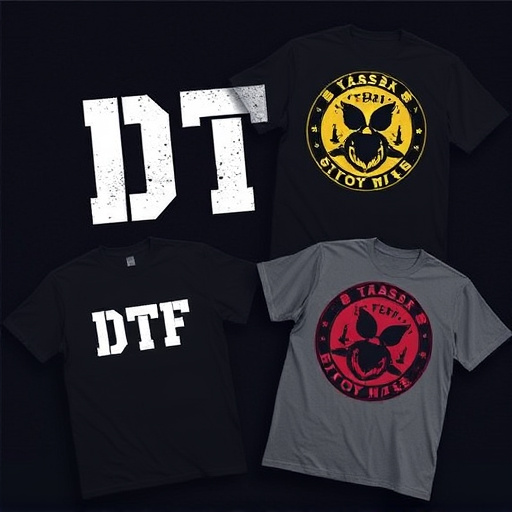
When exploring advanced features in DTF Transfer Printer software, look for tools that streamline DTF file preparation. This includes automatic layout and design adjustments, ensuring your digital designs seamlessly transfer to physical substrates. A robust DTF gang sheet builder is also invaluable, allowing you to efficiently arrange multiple prints on a single sheet, optimizing material use and production time.
Furthermore, consider software with customization options tailored for DTF custom apparel. Features like layer editing, detailed color control, and vector trimming enable the creation of intricate designs that enhance the final print quality. These advanced functionalities not only empower designers but also open doors to creating unique, high-impact DTF transfer prints on a variety of fabrics.
Designing DTF transfer prints requires specialized software that understands the unique requirements of this printing method. By leveraging top software tools and considering advanced features, designers can optimize their print quality, speed, and efficiency. Whether you’re a beginner or an expert, choosing the right DTF transfer printer software is key to achieving exceptional results and staying ahead in the competitive world of custom printing.

